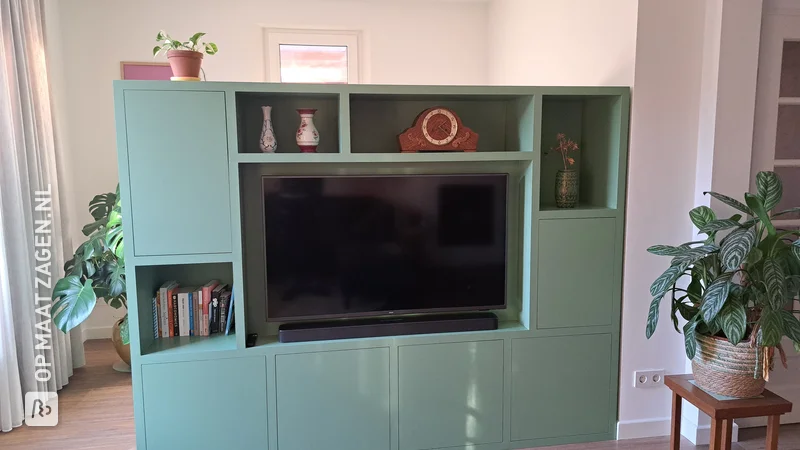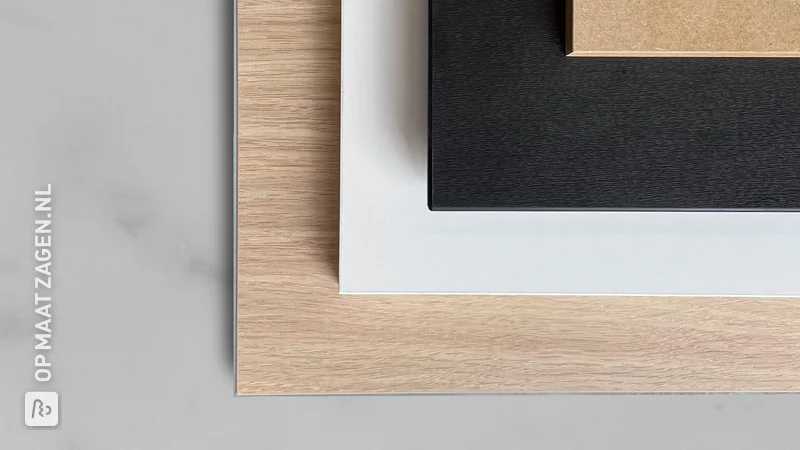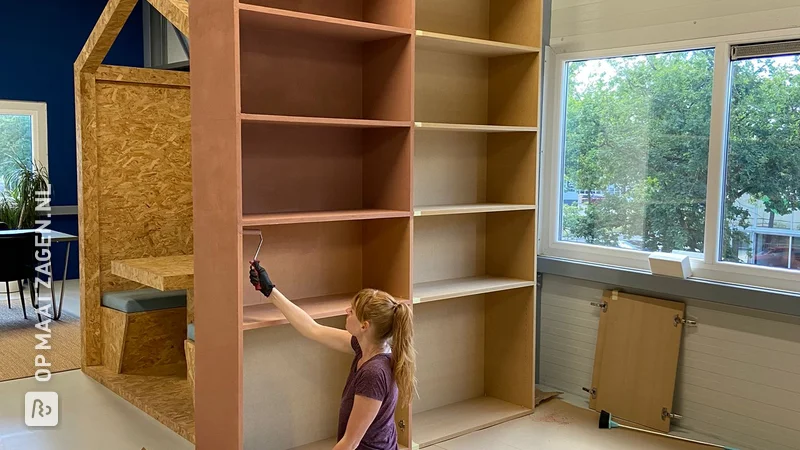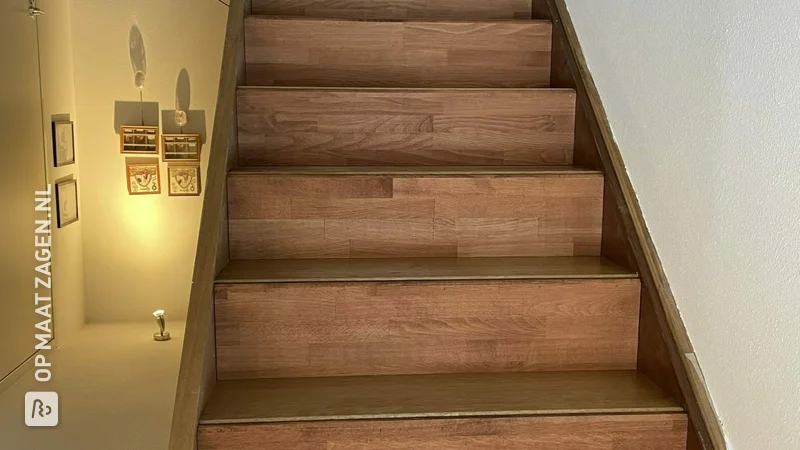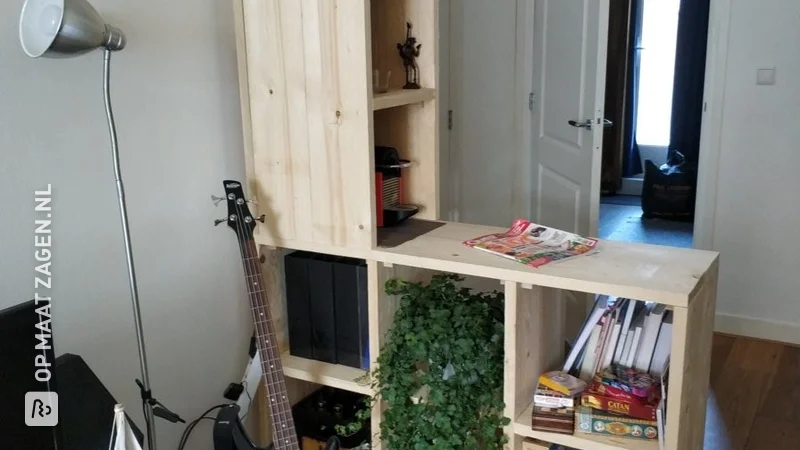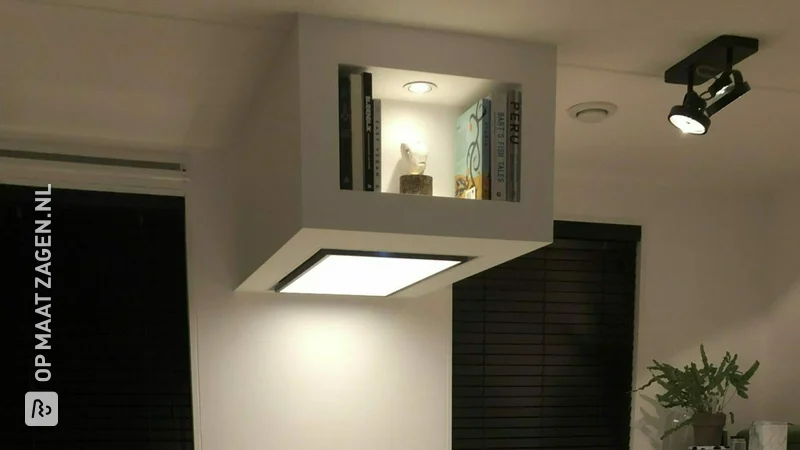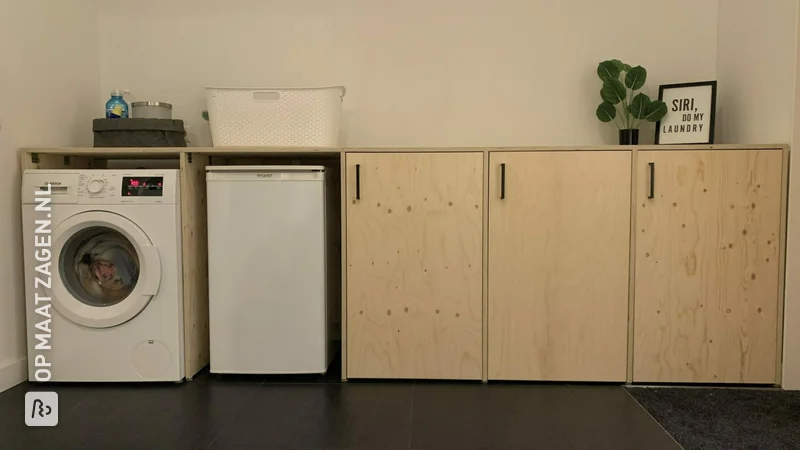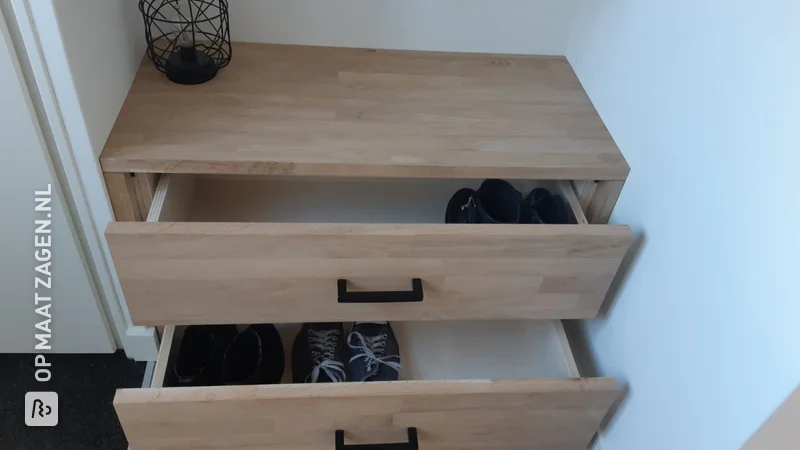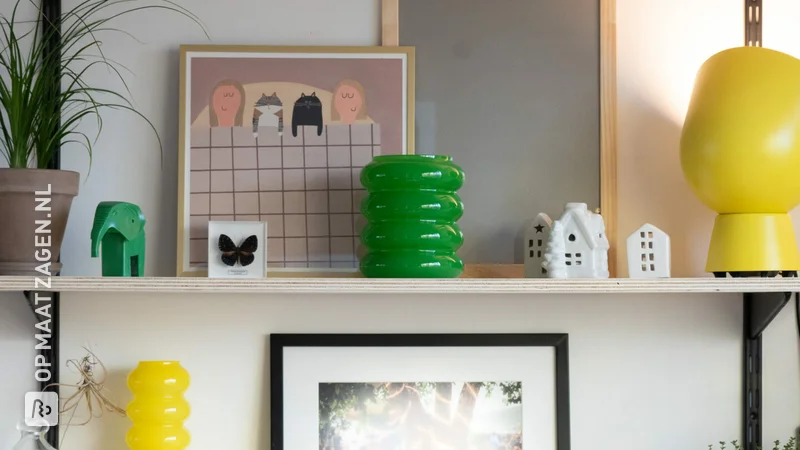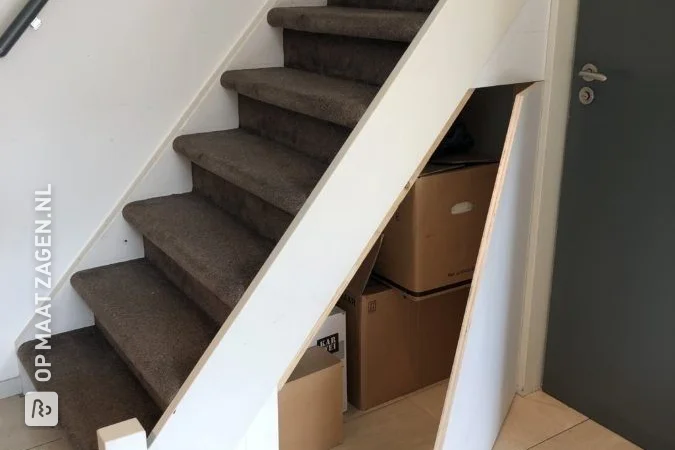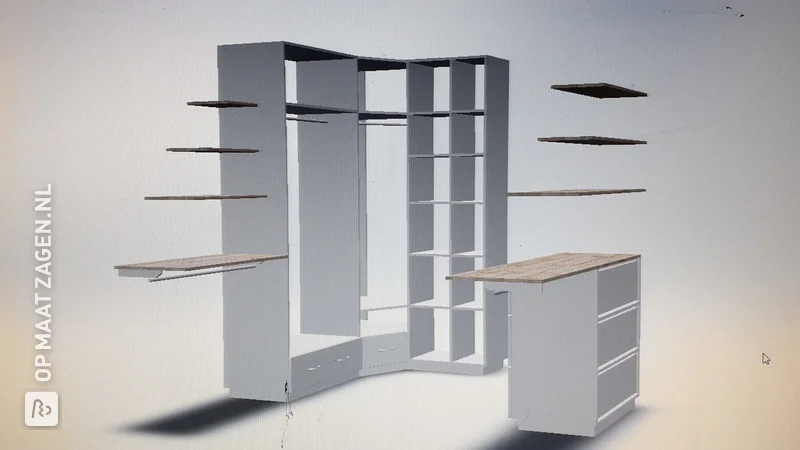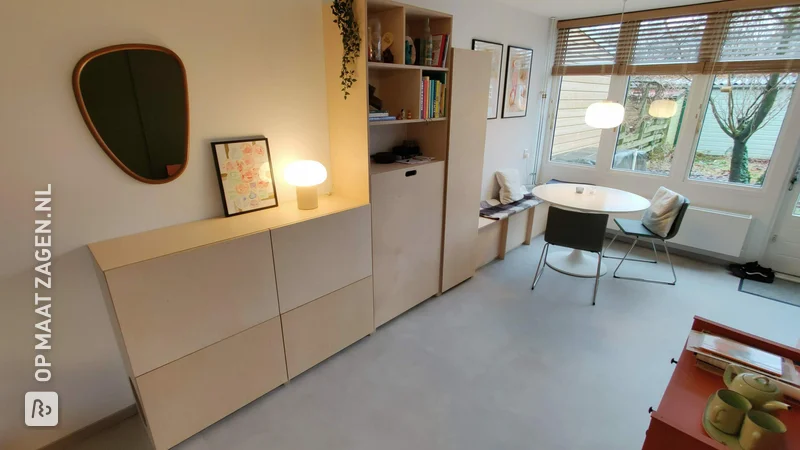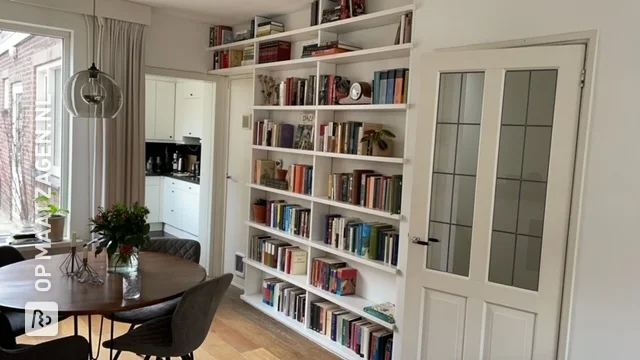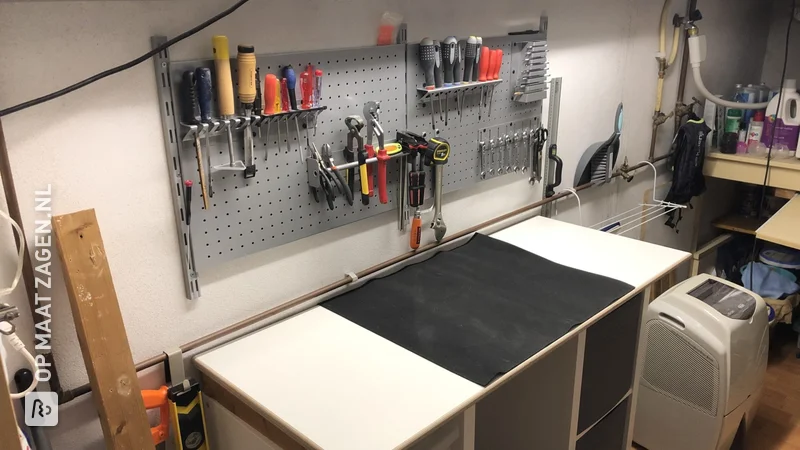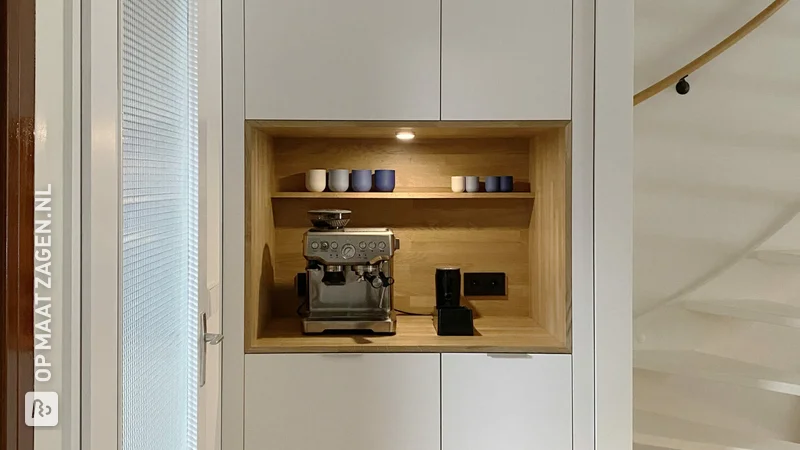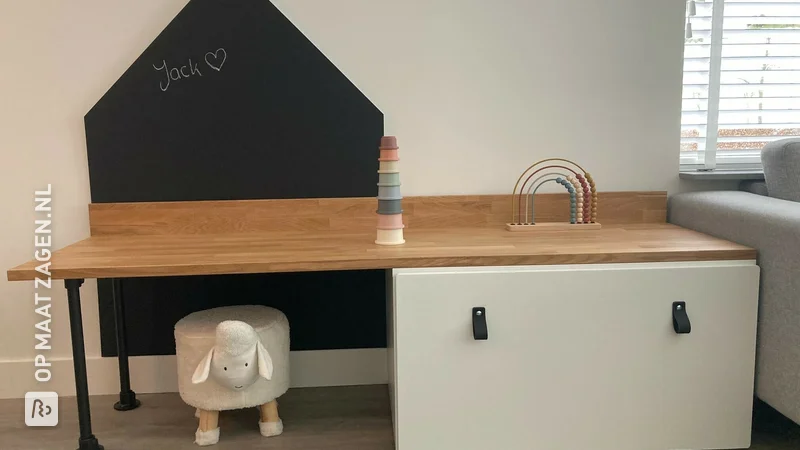- OPMAATZAGEN.nl
- DIY tips
Practical tips: professional hole drilling in sheet metal
Practical tips: professional hole drilling in sheet metal
Drilling holes in wood is one of the most widely used techniques. It seems very easy, it really is, but there are always a few tips that will make you even better at drilling holes!
Choosing the right drill
Professional drilling starts with choosing the right drill bit. For wood and panel material, a wood drill is the most suitable. You can recognise this drill by its sharp point. Use an awl to make a small hole in the wood to prevent the drill from slipping and to drill exactly in the right place. Other types of drill are suitable for larger holes. A speed drill is suitable for holes with a diameter from 11 mm and a bowl drill from 30 mm.
Predrilling wood or sheet material
Do you want to drill a hole of 8 mm or larger? Then the risk of splitting the material is greater. It is then wise to drill a hole of about 4 mm first, and only then make the hole bigger with a larger drill bit.
Holes larger than 1 cm: speed drill
For holes larger than 1 cm in diameter, other types of drill bits are available. A speed drill offers a solution for holes between 1 and 3 cm. When using a speed drill, splitting the wood can be prevented by drilling from two sides. First drill from one side until the middle sharp point sticks through the material. Then start drilling from the other side.
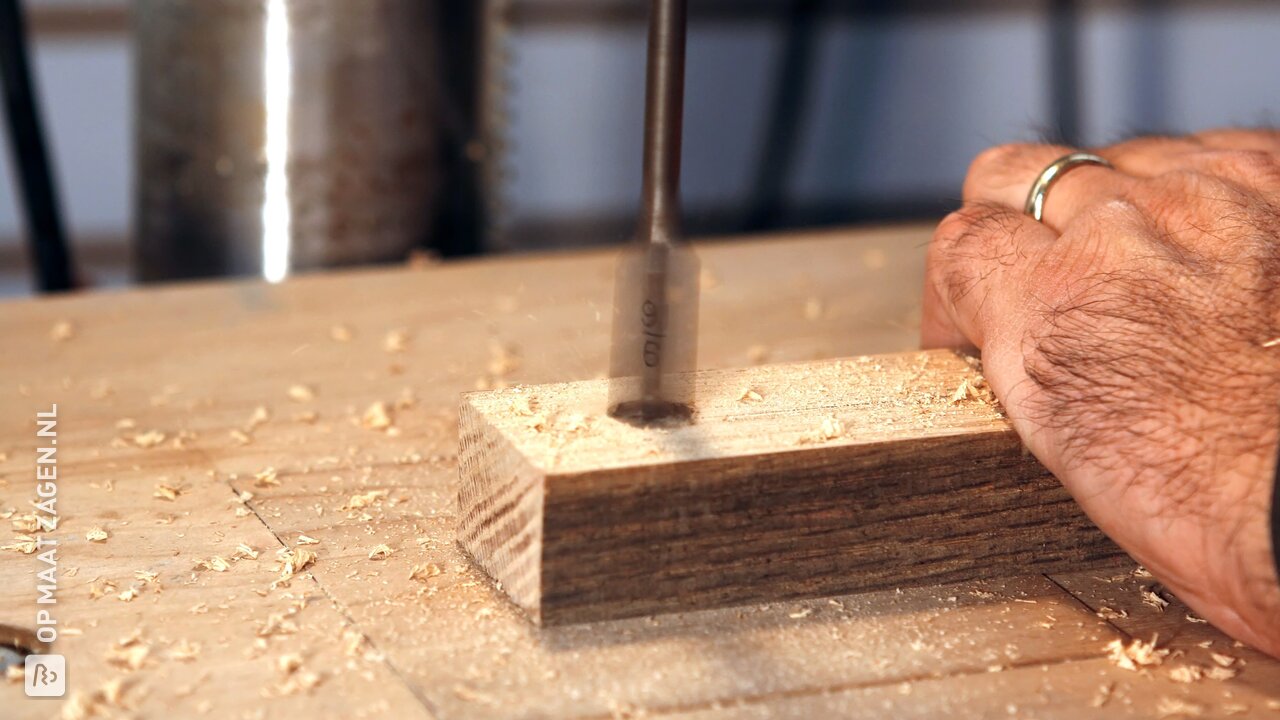
Holes larger than 3 cm: Hole saw
If you want to drill really large holes, for example for the passage of cables in a cupboard, a hole saw is the answer. A hole saw consists of a drill with a bowl around it and is available in many sizes. The technique here is to move the drill back and forth slightly as soon as the bowl touches the wood. That way the pressure is distributed a little and it is easier to drill through the material.
View our range






